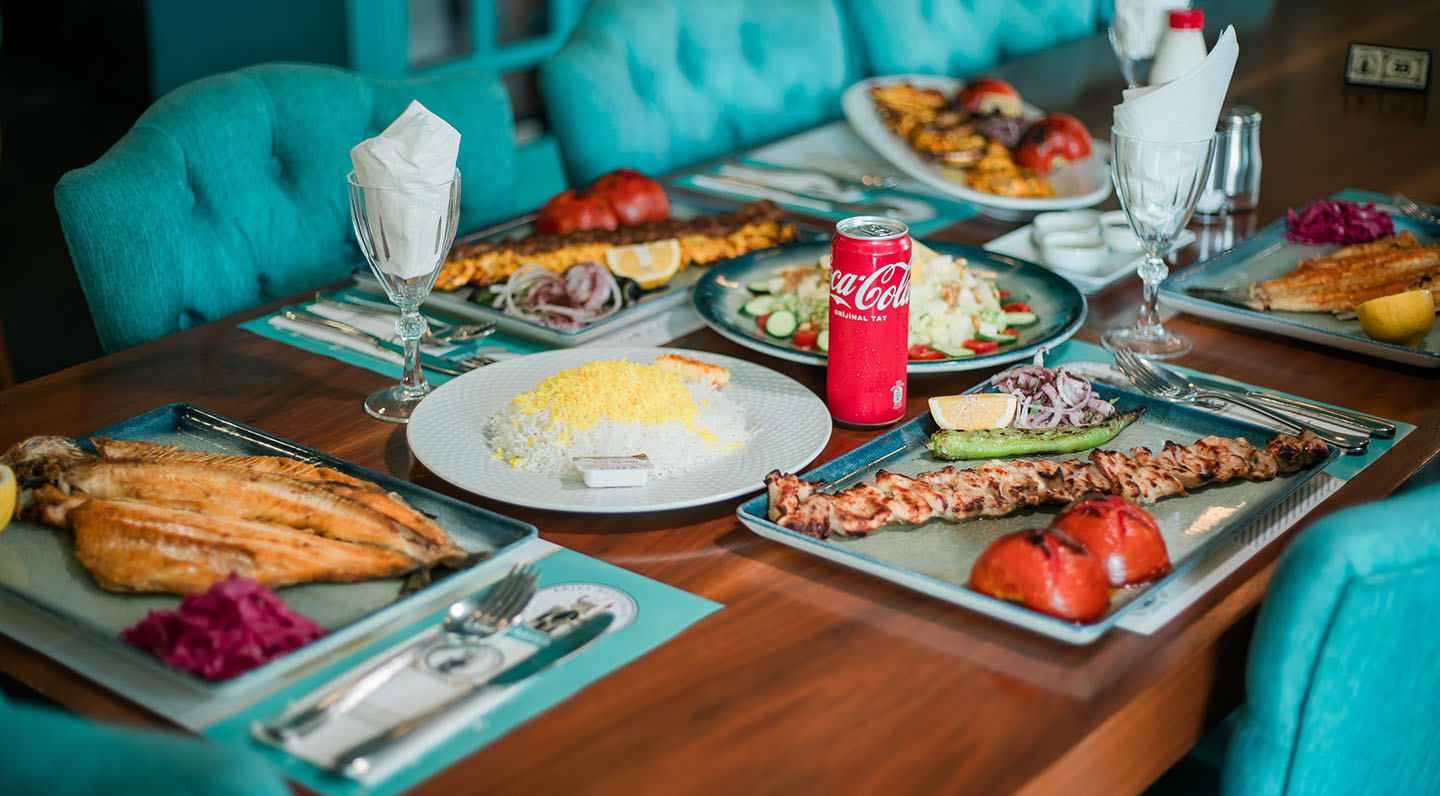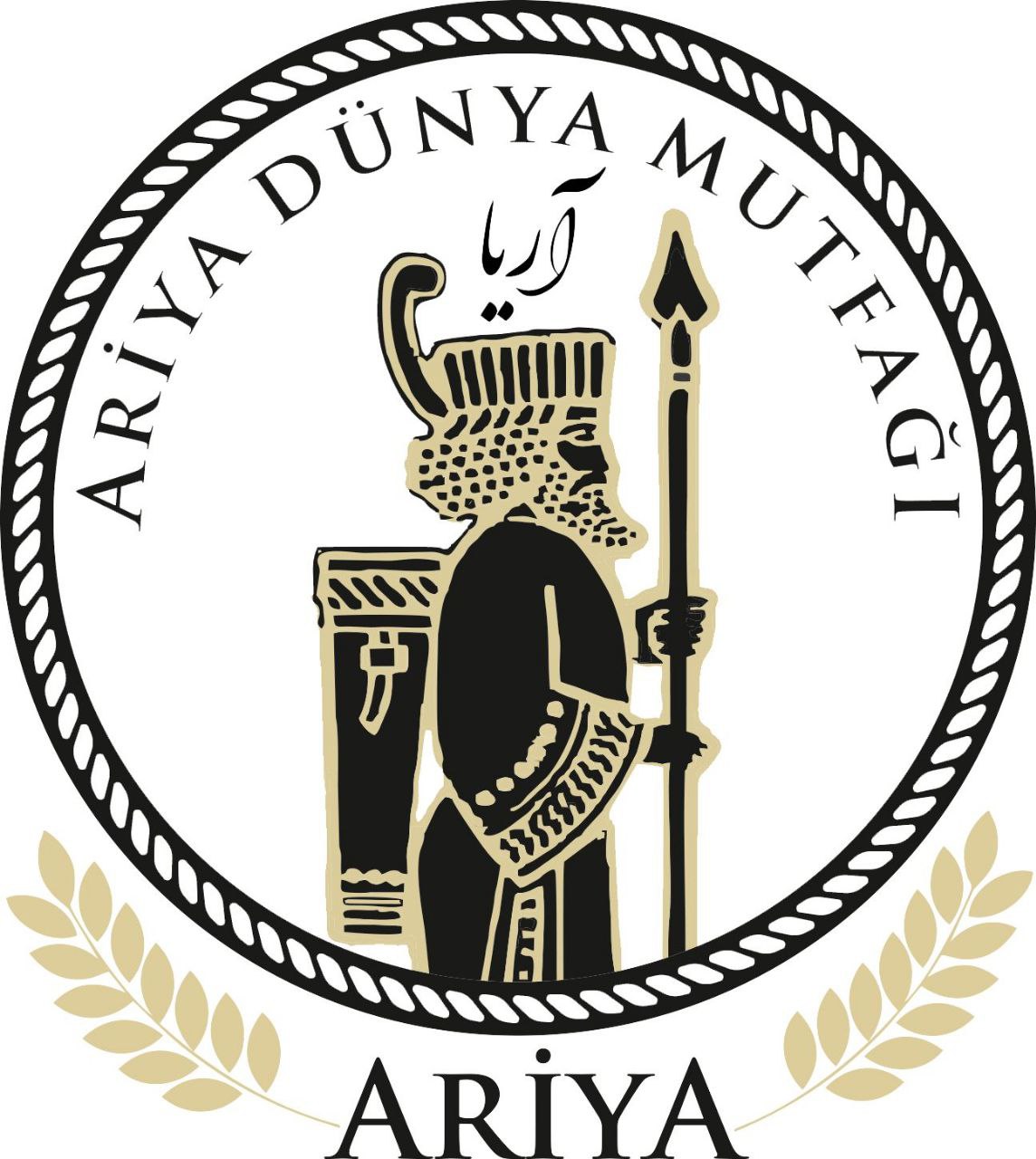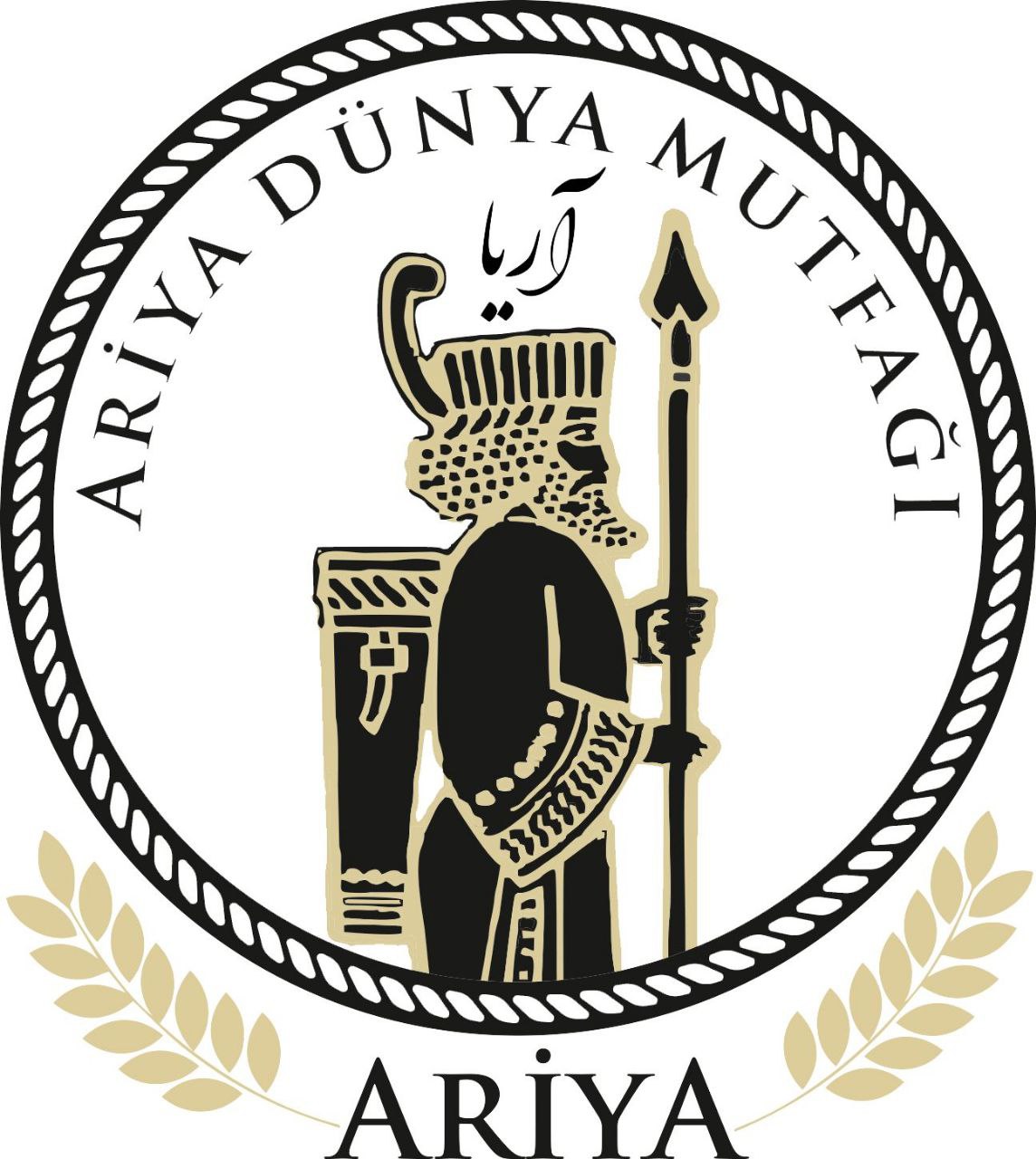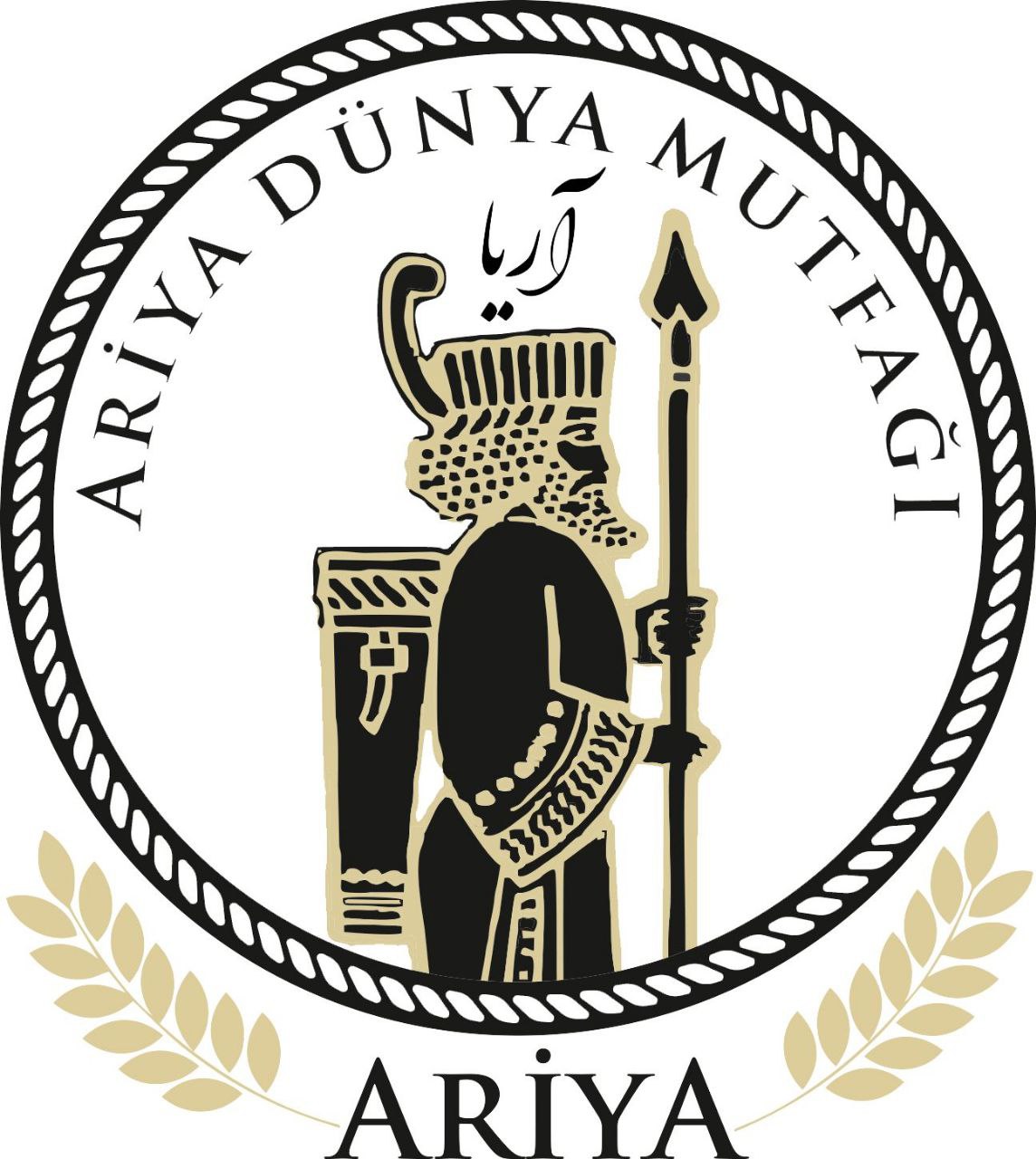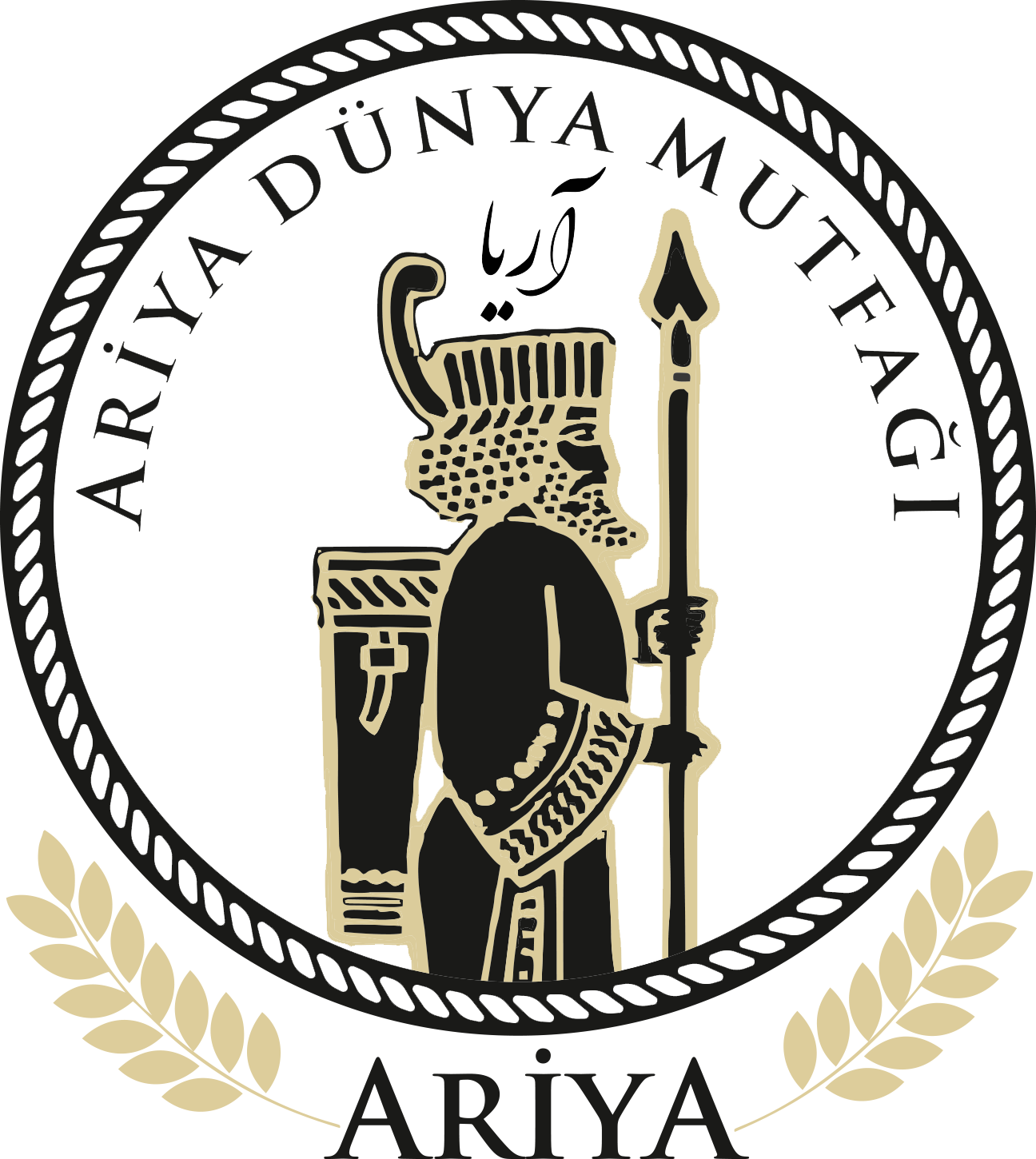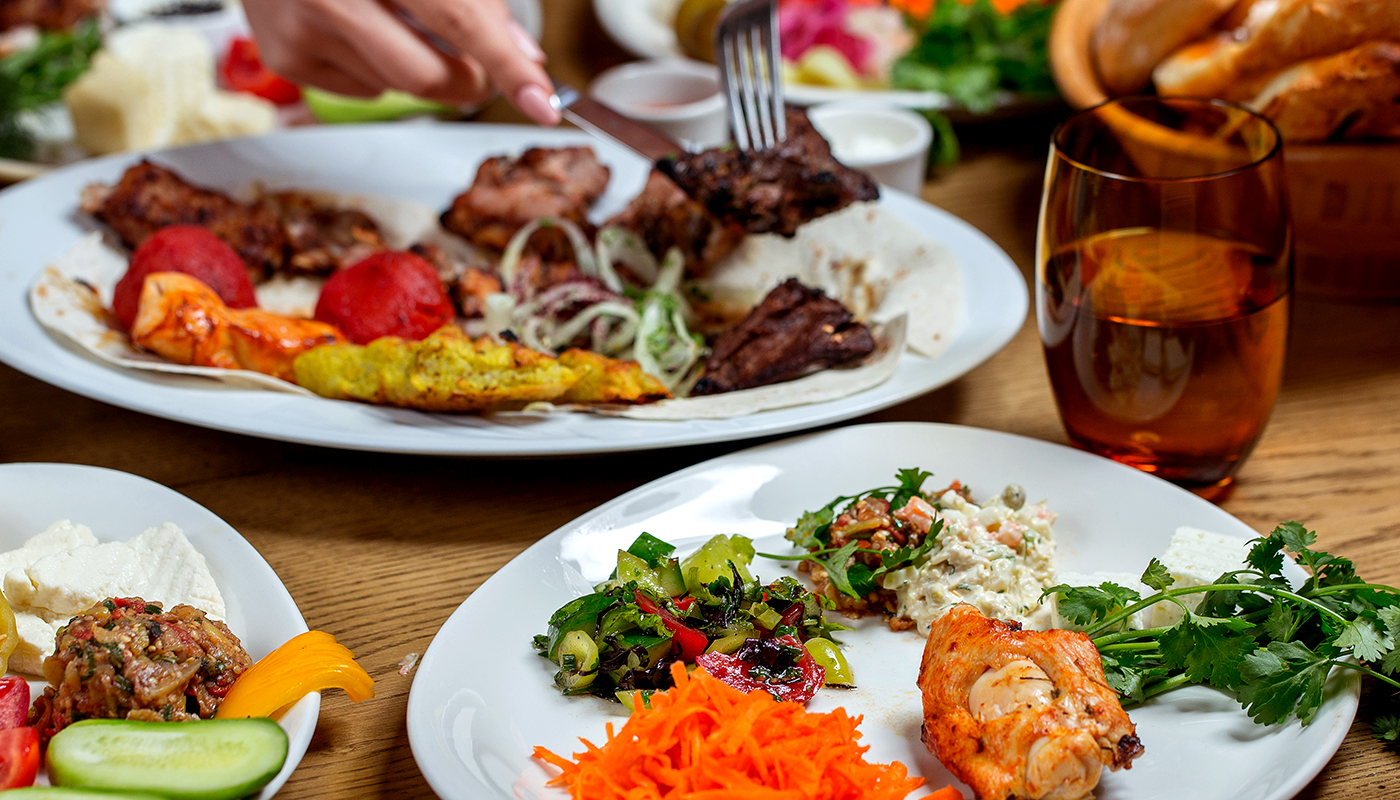Iranian cuisine, known for its rich flavors, aromatic herbs, and diverse ingredients, offers a culinary journey through centuries of tradition and cultural exchange. The art of Persian cooking is a testament to Iran’s historical significance as a crossroads of different civilizations, blending influences from the Middle East, Central Asia, and the Mediterranean.
The Historical Roots of Persian Cuisine
Iran’s culinary history dates back thousands of years, with evidence of sophisticated cooking techniques and the use of herbs and spices in ancient Persian texts. Traditional Iranian dishes are often a harmonious balance of flavors, combining sweet and sour, savory and aromatic, creating a symphony on the palate. This historical depth is reflected in the complexity of Persian recipes, which are often passed down through generations.
Signature Ingredients in Iranian Dishes
A key to understanding Persian cuisine lies in its signature ingredients:
- Saffron: Known as the most expensive spice in the world, saffron is used generously in Iranian cooking for its distinct color and flavor.
- Herbs: Fresh herbs like parsley, cilantro, mint, and dill are staples in Persian dishes.
- Pomegranate: Both the seeds and the juice of pomegranates are used to add a tangy sweetness.
- Nuts: Almonds, walnuts, and pistachios are often incorporated into savory and sweet dishes.
- Dried Fruits: Raisins, apricots, and prunes add depth and sweetness to many recipes.
- Rice: Iranian rice dishes, such as Chelo and Polo, are renowned for their delicate texture and fragrant aroma.
Traditional Iranian Dishes to Experience
- Fesenjan Fesenjan is a luxurious stew made with ground walnuts, pomegranate molasses, and often chicken or duck. This dish is known for its deep, rich flavor and is typically served over rice. The combination of tangy pomegranate and earthy walnuts creates a unique and unforgettable taste.
- Kebab Persian kebabs are famous worldwide for their succulent, well-marinated meat. Types of kebabs include Koobideh (ground meat), Barg (lamb or beef), and Joojeh (chicken). These are often served with grilled tomatoes, fresh herbs, and saffron rice.
- Tahdig This is the crispy layer of rice formed at the bottom of the pot, often considered the highlight of any Persian meal. Tahdig can be plain or include ingredients like potatoes, bread, or even thinly sliced vegetables.
- Ghormeh Sabzi A quintessential Persian herb stew, Ghormeh Sabzi is made with a mix of fresh herbs (parsley, cilantro, fenugreek), kidney beans, and lamb or beef. The addition of dried limes gives this dish a unique, slightly sour flavor.
- Ash Reshteh A hearty, herb and noodle soup that includes beans, lentils, and various herbs. Often garnished with kashk (fermented whey) and fried onions, this soup is a staple during Persian New Year celebrations.
- Zereshk Polo This fragrant rice dish is mixed with barberries (zereshk), which add a tart flavor that beautifully complements the saffron-infused rice. Often served with chicken, this dish is both visually appealing and delicious.
Culinary Techniques and Traditions
The techniques used in Persian cooking are as important as the ingredients themselves. Slow-cooking stews (khoresh) to develop flavors, using a samovar for brewing tea, and the precise method of cooking rice to achieve the perfect fluffy texture are all integral to Persian cuisine. The art of seasoning and balancing flavors is highly emphasized, ensuring that each dish achieves the perfect harmony of taste.
Iranian Dining Experience
Dining in Iran is a communal affair, often involving large gatherings of family and friends. Meals are typically served on a sofreh (tablecloth) spread on the floor, with an array of dishes that encourage sharing and socializing. The experience is not just about the food, but also the cultural traditions that accompany it, such as the importance of hospitality and generosity.
Seasonal and Regional Variations
Iran’s diverse climate and geography result in a wide variety of regional specialties. For example:
- In the north, near the Caspian Sea, you’ll find dishes rich in herbs, fish, and garlic.
- The central plateau is known for its robust stews and rice dishes.
- In the south, near the Persian Gulf, seafood and spicy flavors dominate the cuisine.
Seasonal variations also play a crucial role, with different dishes being prepared to celebrate various festivals and occasions, ensuring that Persian cuisine remains vibrant and dynamic throughout the year.
Modern Interpretations and Fusion
While traditional Persian cuisine holds a timeless appeal, modern chefs are also experimenting with fusion dishes, blending Iranian ingredients and techniques with those of other culinary traditions. This evolution keeps Persian cuisine relevant and exciting, attracting a new generation of food enthusiasts.
Iranian cuisine is a rich tapestry of history, culture, and flavor. Each dish tells a story, offering a glimpse into the country's heritage and the ingenuity of its people. Whether you are savoring a traditional stew like Fesenjan or enjoying the crispy delights of Tahdig, the experience of Iranian cuisine is one of discovery and delight.
